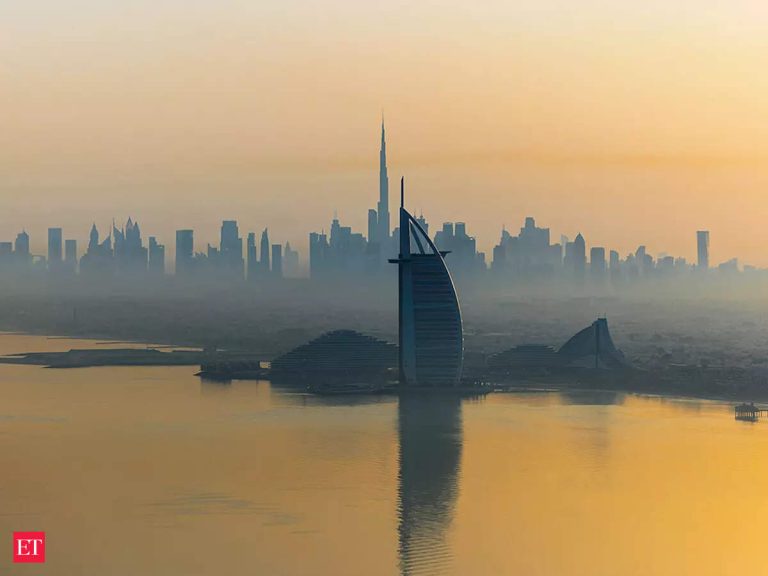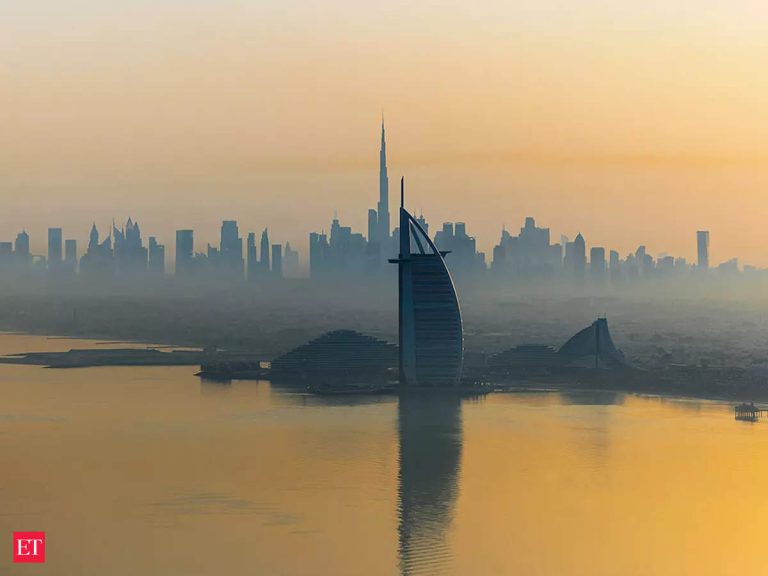Urban Green Spaces: The Future of Outdoor Living in European Cities by 2025
Urban Green Spaces are becoming increasingly important in European cities, and for good reason. As the world becomes more urbanized, the need for green spaces has never been more pressing. In this article, we will explore the importance of urban green spaces and how they will shape the future of outdoor living in European cities by 2025.
What are Urban Green Spaces?
Urban Green Spaces refer to any area of greenery in an urban environment, including parks, gardens, green roofs, and even small pockets of vegetation in between buildings. These spaces provide a range of benefits, from improving air quality and mitigating the urban heat island effect, to providing habitats for wildlife and promoting mental health and well-being.
The Benefits of Urban Green Spaces
The benefits of urban green spaces are numerous and well-documented. Some of the most significant advantages include:
- Improved air quality: Urban green spaces can help to remove pollutants from the air, improving the quality of life for city dwellers.
- Climate regulation: Green spaces can help to regulate the urban microclimate, reducing the urban heat island effect and keeping cities cooler in the summer and warmer in the winter.
- Wildlife habitats: Urban green spaces provide vital habitats for urban wildlife, from birds and bees to insects and small mammals.
- Mental health and well-being: Spending time in nature has been shown to have a range of mental health benefits, from reducing stress and anxiety to improving mood and cognitive function.
The Future of Urban Green Spaces in European Cities
As we look to the future, it is clear that urban green spaces will play an increasingly important role in shaping the outdoor living experience in European cities. By 2025, we can expect to see a range of innovative and sustainable urban green space projects popping up across the continent. Some of the trends that are likely to shape the future of urban green spaces include:
- Green roofs and walls: As cities look for ways to increase their green space, green roofs and walls are becoming increasingly popular. These innovative designs can provide habitats for wildlife, improve air quality, and even help to regulate the urban microclimate.
- Urban agriculture: Urban agriculture is on the rise, with cities across Europe investing in community gardens, vertical farms, and other forms of urban food production. These projects not only provide fresh produce to local communities but also help to promote biodiversity and reduce the urban heat island effect.
- Smart green spaces: The integration of technology and green spaces is becoming increasingly common, with cities investing in smart green space designs that incorporate sensors, data analytics, and other digital tools to optimize performance and efficiency.
Case Studies: Urban Green Spaces in European Cities
There are already many examples of innovative urban green space projects across European cities. Some notable case studies include:
- The High Line in London: This elevated park, built on an old rail line, provides a unique and innovative green space in the heart of the city.
- The Bois de Vincennes in Paris: This large urban forest provides a range of recreational activities, from walking and cycling to boating and picnicking.
- The Superkilen park in Copenhagen: This innovative park, designed by BIG architects, incorporates a range of green spaces, from gardens and playgrounds to sports facilities and public art installations.
Conclusion
In conclusion, urban green spaces are becoming increasingly important in European cities, and will play a major role in shaping the future of outdoor living by 2025. From improving air quality and mitigating the urban heat island effect, to providing habitats for wildlife and promoting mental health and well-being, the benefits of urban green spaces are numerous and well-documented. As we look to the future, it is clear that innovative and sustainable urban green space designs will be at the forefront of urban planning and development, providing a range of benefits for both people and the planet.





